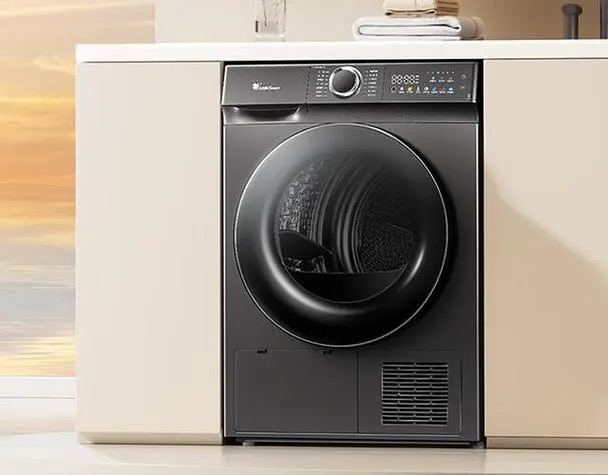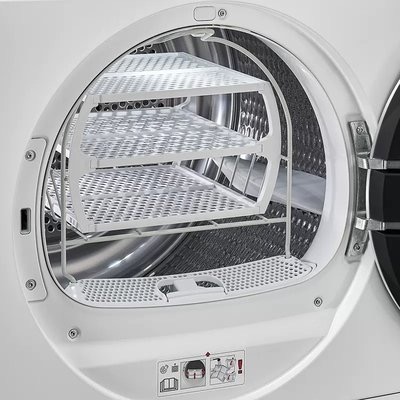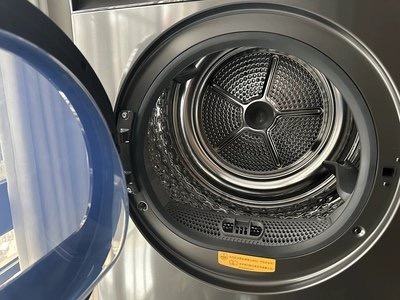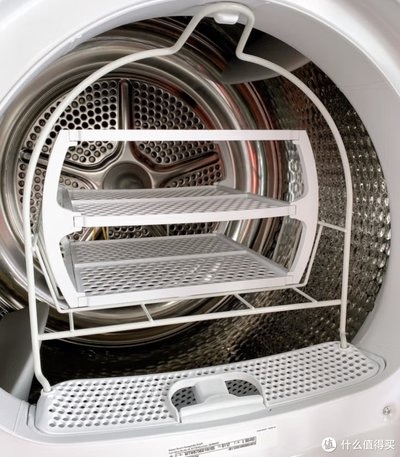
Content Menu
● Introduction
● How Heat Pump Tumble Dryers Work
>> The Technology Behind the Innovation
>> The Drying Process
● Key Benefits of Heat Pump Tumble Dryers
>> Energy Efficiency
>> Fabric Care
● Installation and Setup
>> Location Requirements
● Maintenance and Care
>> Regular Maintenance Tasks
>> Professional Servicing
● Smart Features and Innovation
>> Modern Capabilities
● Environmental Impact
>> Sustainability Benefits
● Cost Considerations
>> Initial Investment
● Choosing the Right Model
>> Selection Criteria
● Future of Laundry Technology
>> Technological Advancements
● Conclusion
● Frequently Asked Questions
>> Q1: How do heat pump tumble dryers differ from conventional dryers?
>> Q2: Are heat pump dryers worth the investment?
>> Q3: How long do heat pump dryers take to dry clothes?
>> Q4: What maintenance do heat pump dryers require?
>> Q5: Can heat pump dryers be installed anywhere?
Introduction
Heat pump tumble dryers represent a revolutionary advancement in laundry technology, offering an energy-efficient and environmentally friendly solution for modern households. This comprehensive guide explores the technology, benefits, and operational aspects of these innovative appliances.
How Heat Pump Tumble Dryers Work
The Technology Behind the Innovation
Heat pump dryers utilize a sophisticated closed-loop system that recycles hot air within the machine. Unlike traditional dryers, they extract moisture from clothes using a heat exchange process that's both gentle and efficient.
The Drying Process
- Initial heating phase
- Moisture extraction
- Air recycling
- Heat exchange process
- Condensation collection

Key Benefits of Heat Pump Tumble Dryers
Energy Efficiency
These innovative dryers significantly reduce energy consumption compared to conventional models. The closed-loop system recycles heated air, minimizing energy waste and reducing utility costs.
Fabric Care
The lower drying temperatures used in heat pump systems provide superior protection for your clothes, helping to:
- Preserve fabric quality
- Reduce wear and tear
- Maintain color vibrancy
- Prevent shrinkage
- Extend garment life
Installation and Setup
Location Requirements
- Adequate ventilation space
- Level flooring
- Proper electrical connection
- Condensation drainage options
- Temperature-controlled environment

Maintenance and Care
Regular Maintenance Tasks
To ensure optimal performance, regular maintenance includes:
- Filter cleaning
- Condenser unit inspection
- Moisture sensor cleaning
- Door seal checks
- Drum cleaning
Professional Servicing
Annual professional maintenance helps:
- Optimize performance
- Prevent issues
- Extend lifespan
- Maintain efficiency
- Ensure safety
Smart Features and Innovation
Modern Capabilities
Contemporary heat pump dryers often include:
- Smart connectivity
- Mobile app control
- Automatic moisture sensing
- Multiple drying programs
- Energy consumption monitoring
Environmental Impact
Sustainability Benefits
Heat pump dryers contribute to environmental conservation through:
- Reduced energy consumption
- Lower carbon emissions
- Minimal heat waste
- Efficient resource utilization
- Extended product lifecycle
Cost Considerations
Initial Investment
While the upfront cost may be higher, long-term benefits include:- Reduced energy bills- Lower maintenance costs- Extended appliance lifespan- Better clothes preservation- Increased home efficiency
Choosing the Right Model
Selection Criteria
Consider these factors when selecting a heat pump dryer:- Household size- Usage frequency- Space availability- Budget constraints- Feature requirements
Future of Laundry Technology
Technological Advancements
Ongoing developments include:
- Enhanced efficiency
- Improved drying speeds
- Smart home integration
- Sustainable materials
- Advanced sensor technology
Conclusion
Heat pump tumble dryers represent the future of laundry care, combining advanced technology with environmental consciousness. Their efficient operation, gentle fabric care, and long-term cost savings make them an excellent investment for modern households committed to sustainability and quality laundry care.

Frequently Asked Questions
Q1: How do heat pump tumble dryers differ from conventional dryers?
A: Heat pump tumble dryers use a closed-loop system that recycles hot air and operates at lower temperatures, making them more energy-efficient and gentler on clothes compared to conventional dryers that expel hot air and operate at higher temperatures.
Q2: Are heat pump dryers worth the investment?
A: While heat pump dryers have a higher initial cost, they typically pay for themselves through reduced energy consumption, lower utility bills, and better clothes preservation over their lifetime.
Q3: How long do heat pump dryers take to dry clothes?
A: Heat pump dryers generally take longer than conventional dryers due to their lower operating temperatures, but this gentler process better protects clothes and uses significantly less energy.
Q4: What maintenance do heat pump dryers require?
A: Regular maintenance includes cleaning filters after each use, periodic condenser cleaning, and annual professional servicing to ensure optimal performance and longevity.
Q5: Can heat pump dryers be installed anywhere?
A: Heat pump dryers require adequate ventilation and a level surface but don't need external venting, making them more flexible in terms of installation location compared to conventional dryers.












